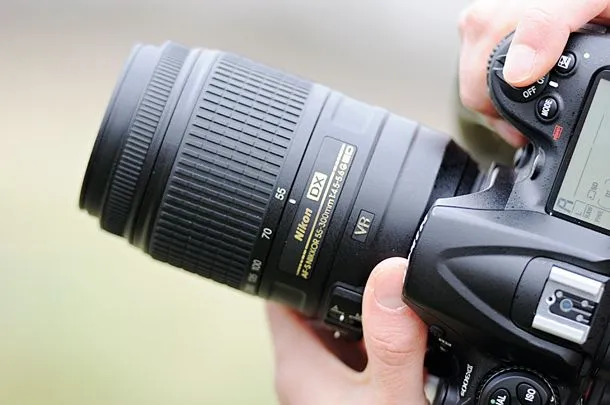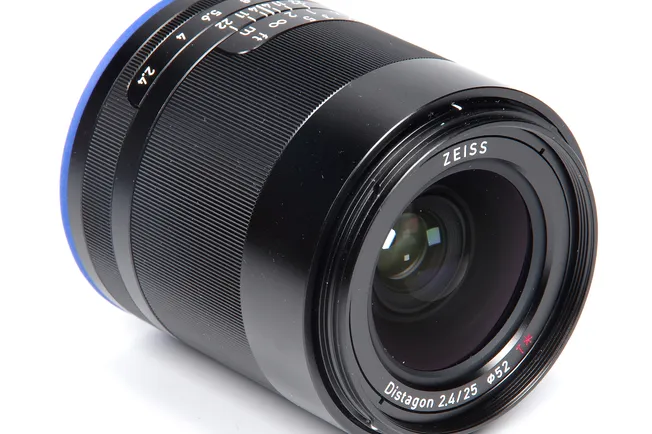Prefer to purchase pictures! Family celebration, birthdays, university or college festivities or any cultural event, friends or relatives, or breaking the dinner party or learn about tour or household excursion barrier, and many different invaluable memories, we all choose to maintain and attempt our best. But in many cases our photos may additionally not be as accurate as expected. We do no longer like our own clicked picture! The fault is our camera! In digital photography, we can without difficulty make our photo an awful lot better through following some guide lines. These guide traces or tips are simply for everyone, however guide-lines are greater beneficial for beginners, amateur or hobbyists or tourists.

Know the camera:
First of all, you want to understand your camera better. DSLR, Bridge or Point & Shoot / PNS digital camera - each have particular strength and precise features. The idea that just properly snap shots can be taken with the aid of DSLR is now not right. Bringing all the snap shots with bridges or PNS. If there is a desirable notion about the camera's features and modes, then it is very effortless to take pictures. For this, the digicam manual will be nicely read. At present, nearly all fashions of camera unboxing, evaluations or digital camera tutorials are on hand on YouTube. These movies assist most to know the camera.Select Mode:
There is a mod dial in the basic PNS digicam beginning from high and DSLR. The alternatives in DSLR are slightly greater and there are 3 selections which are all DSLRs, Manuel, Aperture Priority, Shutter Speed Priority. Their symbols may also vary relying on the camera's brand. In almost all digital cameras, there are Auto, Creative Auto, Night mode, Portrait, Landscape, Macro, Sports etc. mode mode Dial. The digital camera itself fixes everything (aperture, shutter speed, ISO, etc.) in auto. It's a appropriate thought to use portrait mode for portraising someone. The macro that suggests the smallest thing. This mode is accessible in the digital camera to take pix of the tiny subject. There are now guide controls on hand in the bridge digicam shooting. Gradually, when you take pictures in every mode, you will be capable to use the mode very quickly.

- Do now not shake the camera
We regularly shake the digicam intentionally or unintentionally, which also influences our photographs. In most cases, the photo comes blurred or blurred. Generally, photo blur in images when taking images on the events or excursions becomes a purpose for our sadness. Taj Mahal go to the Taj Mahal and see if Taj Mahal Jhapsa then the complete tour is in useless !! So the camera shaking will be as low as the photo fine will be as true as possible. Currently, nearly all bridges and PNS cameras have anti-shaking options. And in the case of DSLR it relies upon on the lens. But the shake depends on camera holdings too.
- The Rule of Third
A Basic Compositional Rule of Rule of Third Photography After taking a image of its horizontal and longitude, divide the horizontal and longitudinal lines into which the difficulty of the photo or the difficulty remember is so beautiful, the photograph is a lot more beautiful. This is Rule of Third. However, this rule is no longer usually the norm, however the photo or portrait of a frequent single situation is a good picture. For Rule 3 of the Third Comprehension, to be practiced, the grid view can be became on from the camera display menu.
- Angle and framing
For pix taken for the same subject, taking pics of the identical body at all instances takes most of the time. In that case, taking fruity to framing would like to see the photos. Photographs can be taken in tilted framing for pictures or single subject photos. In many instances low-angle brings special sorts of photos. Once the image is taken, the challenge is set in the perspective and diagonal frame, then it provides a specific dimension.

- Point of Interest
"Point of interest" and "Center of interest" are the same thing. Center of pastime is the principal interest center of a photo. But that does now not suggest that the middle of interest simply stays in the center or at the center of the image. This factor is cleared by way of "Point of interest". A photo can incorporate more than one subject. So, when we take pictures, our subject desires to be exact and it can be expressed via "point of interest". Like many people are in a photo, however the individual who is searching at the digicam immediately is the factor of interest. Again, there are many human beings in the event, such as marriage domestic crew photos, but the Center of Interest however the bride and the bride. However, there is no such element as the core of activity or pointer of activity in the photo.
- Use of ISO:
The ISO sensor sensor indicates the sensor. As the ISO is multiplied the picture turns into greater vibrant and the picture or greyway will appear. However, pictures can be taken besides inducing or decreasing ISO by low-light or night time in indoor events. By growing the ISO, many created a greyene effect in the image, which gave a unique variant of the picture. Exposes additional ISO photo over more light or for the duration of the day (when sunlight is adequate). Currently nearly all cameras
- Auto Focusing:
Almost all cameras have auto-focusing. There are DSLRs, and focusing on PNS cameras is normally automatic. While photographing, try to make positive the focusing is correct. Portrait is better to focal point on the subject's eyes when taking pictures or crew photos. Sometimes a smooth focal point offers a dramatic sensation to soft-focus.

Almost all cameras have Continuous taking pictures or Continuous Firing mode. If this mode is chosen through keeping shutter or tension, then take a lot of snap shots together. Generally a positive sequence, quite useful in taking photos of what appears to happen.